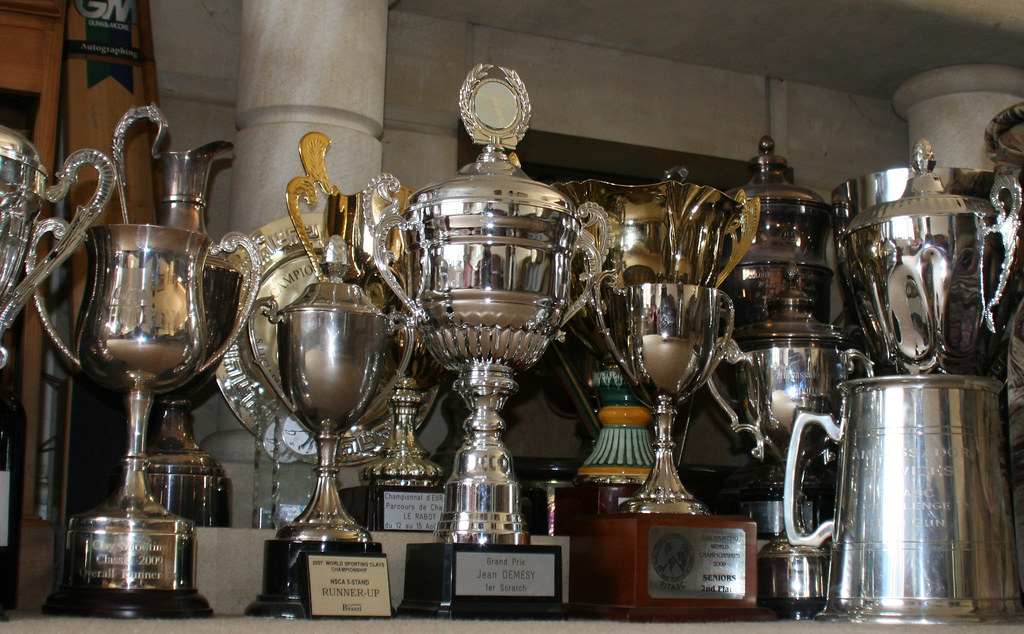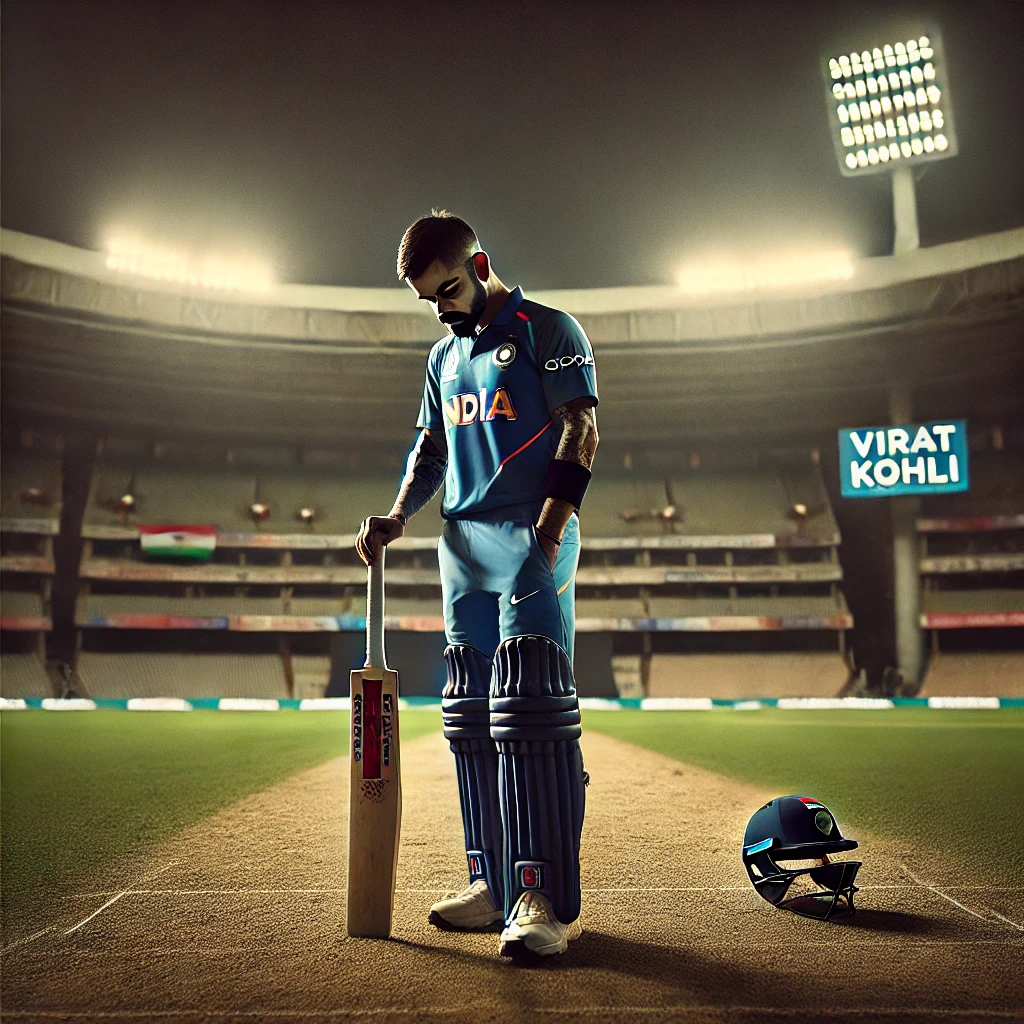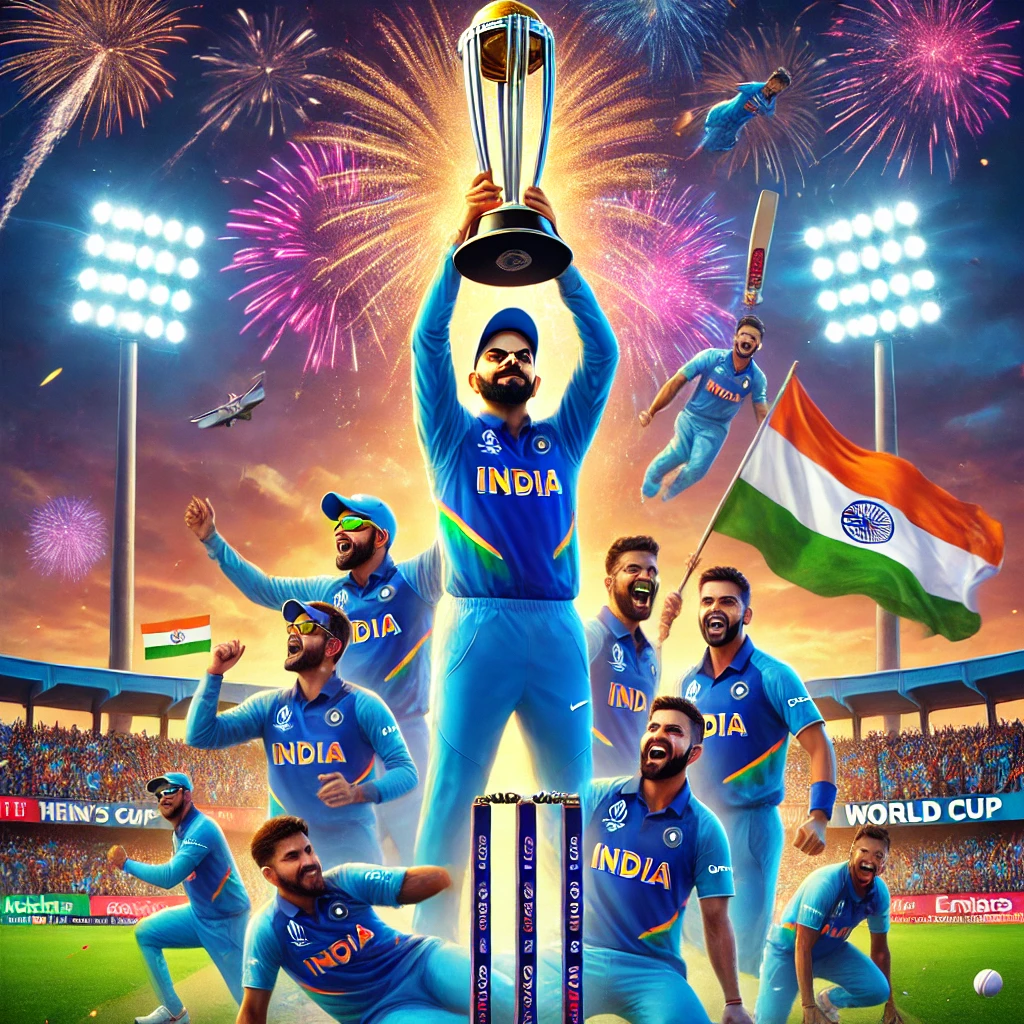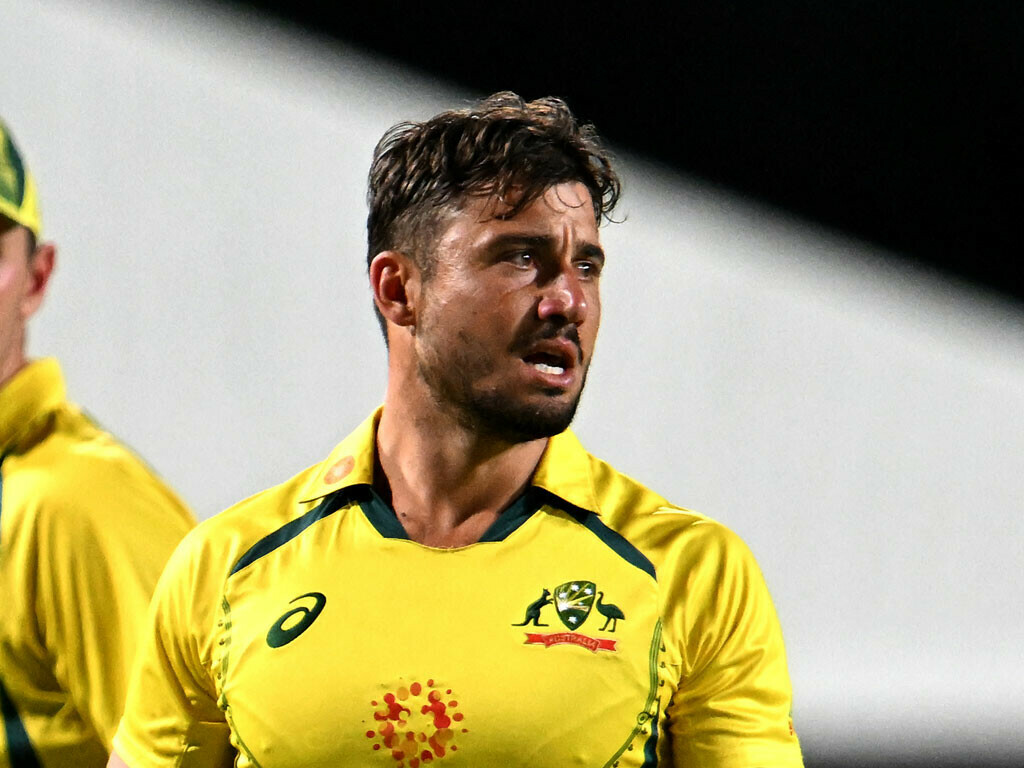The 1983 Cricket World Cup stands as a seminal moment in the history of Indian cricket. It marked a shift in the global cricketing power dynamics and heralded the arrival of India as a major force in the sport. Against all odds and defying expectations, a spirited Indian team led by the charismatic Kapil Dev achieved a remarkable feat that still resonates in the annals of cricketing lore. This narrative will take you through the journey of India’s 1983 World Cup victory, exploring the challenges, key matches, and heroes who scripted this unforgettable saga.
Prelude to the Tournament
Before the 1983 World Cup, India was not considered a strong contender in the limited-overs format. The team had a modest record in the previous two editions of the World Cup, held in 1975 and 1979. Limited-overs cricket was still evolving, and India had yet to make a significant mark. The squad for the 1983 World Cup, though talented, was largely unheralded and entered the tournament without much fanfare or high expectations.
The Squad and Leadership
The Indian squad for the 1983 World Cup featured a mix of experienced players and promising talents. Kapil Dev, a dynamic all-rounder known for his aggressive batting and potent bowling, was entrusted with the captaincy. His leadership was seen as a gamble, given his youth and relative inexperience as a captain. However, Kapil’s fearless approach and unyielding spirit were soon to become the cornerstone of India’s campaign.
Key players in the squad included Sunil Gavaskar, the legendary opener; Mohinder Amarnath, a reliable all-rounder; Kirti Azad, a useful middle-order batsman; Roger Binny, an effective medium pacer; and Syed Kirmani, a dependable wicketkeeper. The team also boasted a strong bowling attack with the likes of Madan Lal, Balwinder Sandhu, and the spin duo of Ravi Shastri and Kirti Azad.
Group Stage: Making a Statement
India was placed in Group B alongside the West Indies, Australia, and Zimbabwe. The tournament format required each team to play the others in their group twice, making consistency crucial.
Match 1: India vs. West Indies
India’s campaign began with a match against the defending champions, West Indies, on June 9, 1983, at Old Trafford, Manchester. West Indies, with their formidable lineup including Viv Richards, Clive Lloyd, and Malcolm Marshall, were clear favorites. However, India stunned the cricketing world by securing a 34-run victory. Yashpal Sharma’s gritty 89 and a collective bowling effort, led by Shastri and Binny, were instrumental in this historic win.
Match 2: India vs. Zimbabwe
India’s next match was against Zimbabwe on June 11, 1983, at Grace Road, Leicester. Zimbabwe, playing their first World Cup, were not expected to pose a significant challenge. India comfortably chased down Zimbabwe’s total of 155, winning by five wickets, with Sandhu and Amarnath playing pivotal roles.
Match 3: India vs. Australia
On June 13, 1983, India faced Australia at Trent Bridge, Nottingham. Australia posted a competitive total of 320/9, driven by a century from Trevor Chappell. India’s chase fell short, and they were bowled out for 158, suffering a 162-run defeat.
Match 4: India vs. Zimbabwe
The rematch against Zimbabwe on June 18, 1983, at Tunbridge Wells became one of the most iconic matches in cricket history, thanks to Kapil Dev’s extraordinary innings. India found themselves in dire straits at 17/5, but Kapil’s unbeaten 175, an innings filled with breathtaking strokes, single-handedly rescued India, leading them to a total of 266/8. India won by 31 runs, and Kapil’s knock remains one of the greatest in World Cup history.
Match 5: India vs. Australia
India’s rematch against Australia on June 20, 1983, at Chelmsford saw them produce a strong all-round performance. They bowled out Australia for 129, with Binny and Madan Lal taking four wickets each. India chased down the target comfortably, winning by seven wickets and securing their place in the semi-finals.
Match 6: India vs. West Indies
The final group match against West Indies on June 23, 1983, at The Oval was crucial for momentum. West Indies, seeking revenge for their earlier defeat, bowled out India for 183. However, a spirited bowling performance from the Indian bowlers, led by Amarnath and Binny, restricted West Indies to 157, giving India a 26-run victory and further boosting their confidence.
Semi-Final: India vs. England
India faced England in the semi-final on June 22, 1983, at Old Trafford. England batted first and posted a total of 213, with Chris Tavare top-scoring with 32. India, in response, displayed remarkable composure and determination. Yashpal Sharma’s 61 and a crucial 46 from Sandeep Patil guided India to a memorable six-wicket victory, propelling them to their first World Cup final.
The Final: India vs. West Indies
The grand finale took place on June 25, 1983, at Lord’s, the Mecca of cricket. India was up against the formidable West Indies, who were seeking their third consecutive World Cup title. The odds were heavily stacked against India, but the team was undeterred.
India’s Innings
India won the toss and elected to bat first. However, their innings struggled to gain momentum. The top order failed to fire, and India was reduced to 17/2. Mohinder Amarnath and Sandeep Patil provided some resistance, but it was a disciplined effort from the West Indies bowlers that kept India in check. India was bowled out for a modest total of 183 in 54.4 overs, with Amarnath top-scoring with 26.
West Indies’ Chase
Chasing a target of 184, West Indies were expected to cruise to victory. However, India’s bowlers had different plans. Balwinder Sandhu provided the initial breakthrough by dismissing Gordon Greenidge with a beautiful inswinger. The West Indies batting lineup, which included legends like Viv Richards and Clive Lloyd, was soon in disarray. Madan Lal and Mohinder Amarnath bowled with precision and discipline, claiming crucial wickets.
The turning point of the match came when Kapil Dev took a spectacular running catch to dismiss Viv Richards, who was looking dangerous. Richards’ dismissal triggered a collapse, and the West Indies were eventually bowled out for 140, handing India a historic 43-run victory.
Heroes of the Campaign
- Kapil Dev: The captain led from the front with both bat and ball. His unbeaten 175 against Zimbabwe is one of the most celebrated innings in World Cup history. Kapil’s leadership, highlighted by his strategic decisions and inspirational presence, was pivotal to India’s success.
- Mohinder Amarnath: Amarnath’s all-round performances were crucial in India’s campaign. He was named the Man of the Match in both the semi-final and the final for his valuable contributions with both bat and ball.
- Roger Binny: Binny emerged as the tournament’s leading wicket-taker with 18 wickets. His ability to swing the ball and provide breakthroughs at critical moments was invaluable.
- Madan Lal: Lal’s medium-pace bowling was instrumental in key matches. His spell in the final, where he dismissed key West Indies batsmen, was crucial to India’s victory.
- Balwinder Sandhu: Sandhu’s memorable delivery to bowl Gordon Greenidge in the final set the tone for India’s defense of their modest total. His swing bowling was a significant factor in India’s success.
- Yashpal Sharma: Sharma’s gritty batting performances in the group stages and the semi-final provided stability and momentum to India’s innings.
- Syed Kirmani: Kirmani’s safe hands behind the stumps and crucial lower-order contributions with the bat were vital in India’s campaign.
Legacy of the Victory
India’s 1983 World Cup triumph had a transformative impact on Indian cricket and the sport as a whole. The victory ignited a cricketing revolution in India, inspiring millions of young aspirants to take up the sport. It marked the beginning of India’s rise as a cricketing powerhouse and laid the foundation for future successes on the international stage.
The win also brought about a change in the perception of Indian cricket. It instilled a sense of belief and confidence in the team and its supporters. The 1983 World Cup victory is often credited with popularizing cricket in India, leading to increased investments in the sport, better infrastructure, and the emergence of a new generation of cricketers.
The heroes of 1983 became national icons, and their achievements are celebrated to this day. Kapil Dev, in particular, is revered as one of the greatest all-rounders and leaders in cricket history. The victory also strengthened the bond between the team and the fans, creating a lasting legacy that continues to inspire.
Conclusion
The journey of India’s 1983 World Cup victory is a tale of courage, resilience, and determination. Against all odds, a young and underdog Indian team, led by the inspirational Kapil Dev, defied expectations and conquered the cricketing world. The triumph at Lord’s on June 25, 1983, remains a defining moment in Indian sports history, symbolizing the power of belief and the spirit of overcoming challenges. It is a story that continues to inspire generations and will forever be etched in the golden ann
4o
Continue generating






